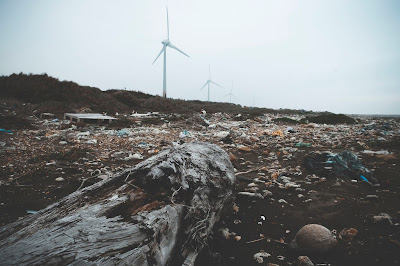While there was a total of 6 to 8 million deaths in World War II, every year almost 3.3 million people die only due to pollution. Nearly 7 million people died in 2012 owing to pollution. Not only this, these figures are expected to double in another 3 decades if the pollution continues to rise.
It is largely due to the CO2 emission, in the form of smoke emitted from automobiles, waste gasses from factories and CFCs which are emitted from refrigerators, spray cans etc. and lead to depletion of the ozone layer. In order to find a solution, it is always better to reach the root cause. Some of the most polluted cities in the world are:
1. Delhi (India)
Whereby many of us will expect to hear cities like Beijing as the the most polluted city in the world, in fact, Delhi steals the show according to 2014 report by WHO with a level of “153” (micrograms per cubic meter). Amongst the 20 most polluted cities in the world, 15 are only from India. Other cities from India with the most pollution include Patna with a level of “149” and Gwalior which is not far behind from its sister cities with a pollution level of “144”. Unfortunately, the level of pollution in these cities is almost six times the level of air particles matter that is thought to be safe.
2. Beijing (China)
Smothered with smoke and dirt, this city of China is on the verge of red alert forcing factories, vehicles and other pollution bearing sources to shut down. The city has pollution to such a dangerous limit that in some areas of the city, pm2.5 exceeds 900 micrograms per cubic meter.
3. Karachi (Pakistan)
4. Khorramabad & Ahwaz (Iran)
5. Ahmedabad & Lucknow (India)
India comes back into the game with a pollution level of 100 in the city of Ahmedabad and also what was back in history, a hub of literature and beautiful architecture, the capital City of Uttar Pradesh is amongst most polluted city in the world.
6. Ulaanbaatar (Mongolia)
This city of Mongolia accounts for almost 45 percent of the overall population of the country and one of the most polluted cities in the world. The pollution in this area attributes to coal-fueled boilers and stoves as well as congested traffic.
7. Cairo (Egypt)
With extremely high air and water pollution, extremely dissatisfactory garbage disposal systems, the city of Cairo in Egypt has a PM2.5 pollution level of “73”. Alexandria is another Egyptian city with extreme levels of pollution including sand and dust storms.
8. Dakar (Senegal)
With a pollution level of “179” milligram per cubic meter, various cities in Senegal including the city of Dakar come under the list of most polluted cities in the world.
9. Kabul (Afghanistan)
War with Russia and War on terror has left the city of Kabul, in fact, the entire country into ashes. The economy has deteriorated and the survival conditions are even worse. The pollution has increased to extremely unhealthy conditions.
10. Narayonganj (Bangladesh)
Air pollution is really takes a toll on this city as it has carbon-monoxide, Sulphur dioxide, ozone and methane-ethane pollution. However, this list is not final and the level of pollution varies time to time-based on the amount of pollution in changing weather conditions.
Preventive Measures for Reducing Pollution
1. Planting more trees
2. Reducing vehicle exhaust emissions
3. Using less pollution fuels
4. Use of tall chimneys reduces concentration of air pollutants at ground levels
5. Industrial areas should be cited far away from the residential areas
Written by -Priya Mathur
Edited by - Prachi Raheja










0 Comments